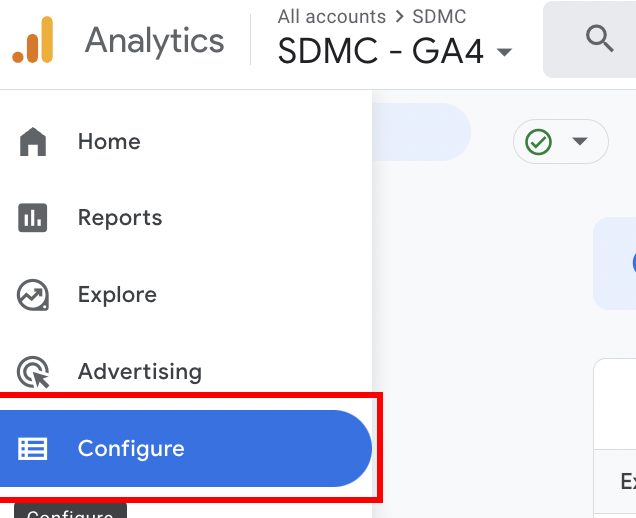

Instead of “split_test_a”, use a name that signifies that this test is for your original landing page. Lastly, you’ll want to change the name of your experiment in the trigger.

Don’t forget to enclose this trigger with a script tag

You’ll need to create a new tag based on the Google Optimize Experiment ID that we pulled directly from the site.Īfter that, you’ll need to create a Custom HTML tag in Google Tag Manager and input the trigger above. Now that you have your GA Experiment ID, you can begin to build out the HotJar functionalities on your site with Google Tag Manager. Make sure you grab everything after “GAX1.2.”.
#Google analytics click map code#
This is where you’ll find the code that houses your GA Experiment ID titled “gaexp.” This line of code should end in either a 0 or a 1.Ī GA Experiment ID ending in 0 signifies that you are on the original landing page.Ī GA Experiment ID ending in 1 signifies that you are on the new version of the landing page.įrom there, you’ll be able to copy and paste the experiment ID. After right clicking and hitting ‘inspect’, navigate to the ‘Application’ menu and find the drop down for ‘Cookies’. To do this, you’ll need to load up the webpage you are testing on and grab the experiment ID from the HTML code. In order to get started, you’ll first need to grab the Google Optimize Experiment ID from the webpage you are running your split test on. Let’s break down that process, step-by-step, so you can get your heatmap up and running and start collecting valuable user data. This will allow visibility into both experiences and give you the opportunity to see how users are interacting with them individually. You’ll need to implement a tag through Google Tag Manager that indicates which variant a user is looking at. However, when it comes to CRO and split testing, implementing a heat map can be a little more complicated if the variants are hosted under the same URL. You’ll be able to see an in depth breakdown of where users are clicking, scrolling and moving their mouse. HotJar is pretty easy to implement on a webpage with a singular landing page experience. It’s easy to use and understand a user’s journey on your site. That means anyone can use it as a tool to help improve your site’s data tracking – not just the experts. While this data can all be tracked in tools like Google Tag Manager or Google Analytics, HotJar allows for easily digestible and primarily visual data output. For example, if you change the color of a CTA button, allow you to see which variant users are responding better to by showing you how many times each button was clicked. It makes it easier to see how users are reacting to the changes being tested. This can serve as an informant for future tests, and most importantly, help give you insight on where your users’ focus is on a web page. With some customization, Hotjar can also help with A/B testing by showing which variant of a webpage is serving your users a better experience and helping to increase conversions. Working as a visualization tool, HotJar heat mapping can help show you how your page is performing, which buttons are being clicked on and how far down the page users get to. This data is particularly useful when it comes to conversion rate optimization and split testing.

You can track scroll depth, clicks, and mouse movement by adding a heatmap on to your individual web pages. HotJar, however, is a heat mapping tool that can help visualize your user journey in an easily digestible way. Tools like Google Analytics can do that for you, but come with a pretty steep learning curve. You need to see where your users are going, how they are using your site, and most importantly, how you can improve their experience. But, it is also one of the most important aspects of growing an online business. Data can be scary… like really scary, especially when it comes to tracking a user’s behavior on a website.


 0 kommentar(er)
0 kommentar(er)
